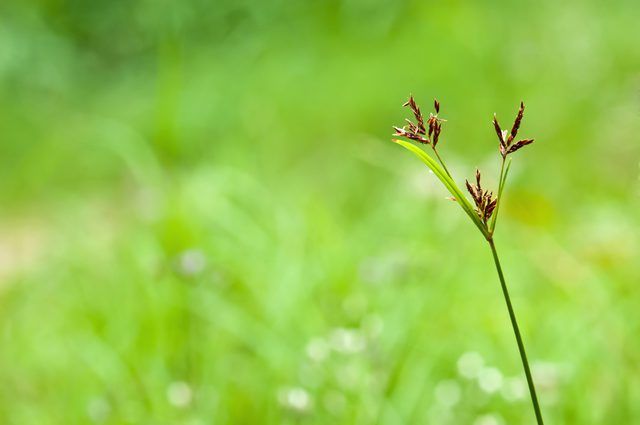Bulbs
Flower Basics
Flower Beds & Specialty Gardens
Flower Garden
Garden Furniture
Garden Gnomes
Garden Seeds
Garden Sheds
Garden Statues
Garden Tools & Supplies
Gardening Basics
Green & Organic
Groundcovers & Vines
Growing Annuals
Growing Basil
Growing Beans
Growing Berries
Growing Blueberries
Growing Cactus
Growing Corn
Growing Cotton
Growing Edibles
Growing Flowers
Growing Garlic
Growing Grapes
Growing Grass
Growing Herbs
Growing Jasmine
Growing Mint
Growing Mushrooms
Orchids
Growing Peanuts
Growing Perennials
Growing Plants
Growing Rosemary
Growing Roses
Growing Strawberries
Growing Sunflowers
Growing Thyme
Growing Tomatoes
Growing Tulips
Growing Vegetables
Herb Basics
Herb Garden
Indoor Growing
Landscaping Basics
Landscaping Patios
Landscaping Plants
Landscaping Shrubs
Landscaping Trees
Landscaping Walks & Pathways
Lawn Basics
Lawn Maintenance
Lawn Mowers
Lawn Ornaments
Lawn Planting
Lawn Tools
Outdoor Growing
Overall Landscape Planning
Pests, Weeds & Problems
Plant Basics
Rock Garden
Rose Garden
Shrubs
Soil
Specialty Gardens
Trees
Vegetable Garden
Yard Maintenance
How to Eliminate Nutsedge From a Lawn
Eliminate nutsedge from an established lawn by using a non-toxic, manual removal method or a targeted chemical herbicide method.
Seeing your lawn slowly taken over by a coarse, creeping invader such as nutsedge (Cyperus spp.) is disheartening. With perseverance, however, you can eliminate this weed completely. The two varieties that commonly pop up in lawns are yellow nutsedge (Cyperus esculentus) and purple nutsedge (Cyperus rotundus). Yellow nutsedge grows as a perennial in U.S. Department of Agriculture plant hardiness zones 9 through 12, and purple nutsedge is perennial in USDA zones 9 through 11. Both species are highly invasive.

Growth Habit
Nutsedge has wide-reaching, tuberous roots. Purple nutsedge roots grow in a linked, chainlike structure under soil. Yellow nutsedge has single, swollen tubers. You can pull up the plants and hack off their leaves to try to kill the plants, but both purple and yellow nutsedge will come back as long as a single piece of their root remains.
Two methods eliminate either pesky weed from a lawn. The first method is to dig up the plant's whole root system, and the second is to use a targeted chemical spray on the plant.
Manual Removal Tactics
Removing nutsedge from a lawn manually works best for only small areas of the plant, such as when only a single plant is present or when nutsedge plants are in an area less than 1 foot in diameter. Early spring, before nutsedge roots get a chance to spread, is the best time to get rid of the plant. Manual removal leaves a small hole where the nutsedge was in the lawn, but it eliminates any chance of killing the lawn directly around the nutsedge-affected area.
Use a small trowel or shovel to dig around each nutsedge plant. Start 8 to 10 inches from the base of each nutsedge, and dig a minimum of 10 inches deep in the soil. Nutsedge roots grow deep and laterally, which makes the plant's outlying roots simple to miss. Lift all of the roots from the soil, and discard them in the trash.
Tip
Take a few moments to check for remaining nutsedge roots inside each hole from which you removed a nutsedge plant. If you find a severed piece of root, dig it out for complete plant removal.
Chemical Removal Method
Use a post-emergence herbicide while nutsedge actively grows. Post-emergence herbicides are designed to penetrate the leaves of actively growing weeds, carrying the herbicides' chemicals to the root systems. Look for an herbicide that contains the chemical halosulfuron, which is effective against purple and yellow nutsedge.
Warning
Not all herbicides are safe for all kinds of lawn grass. Before applying an herbicide, check its compatibility with your lawn by reading the herbicide's label or by contacting the herbicide's manufacturer.
Treat nutsedge plants with the herbicide in spray form in late spring or early summer, ideally when the plants have three to eight leaves. Once nutsedge foliage matures, it is less receptive to herbicide. Wait two days after mowing the lawn to apply herbicide to nutsedge plants so they have enough surface area to absorb the herbicide. Also, wait for a still, windless day to apply the herbicide.
Things You'll Need
Long pants
Long-sleeved shirt
Socks
Closed-toe shoes
Hat
Goggles
Dust mask
Waterproof gloves
Herbicide containing halosulfuron
1-gallon or larger sprayer
Step 1
Put on long pants, a long-sleeved shirt, socks, closed-toe shoes, a hat, goggles, dust mask and waterproof gloves before handling herbicide.
Step 2
Mix 1/2 ounce of herbicide containing halosulfuron with 1 gallon of water in a 1-gallon or larger sprayer. That amount will treat 1,000 square feet. Use proportionally smaller amounts of herbicide and water to treat a smaller area.
Step 3
Spray the nutsedge areas of lawn directly until the nutsedge foliage is thoroughly saturated.
Step 4
Wait at least four hours before watering the area after spraying herbicide.
Step 5
Avoid mowing the treated lawn area for two days after applying the herbicide.
Step 6
Reapply the herbicide three to four weeks after the initial application if nutsedge is still present. Follow the reapplication timing in your herbicide's label directions, however, because it may differ.
Step 7
Wait four weeks before reseeding a lawn treated for nutsedge and before laying turf grass sod.
Warning
Keep all herbicides out of the reach of children and pets. Keep people and pets away from an area during and after its treatment with herbicide. Wait until the herbicide is thoroughly dry before using the area. Keep herbicide off your skin, and avoid getting it in your eyes. Discard an empty herbicide container in the garbage. Never re-use an herbicide container for any reason.